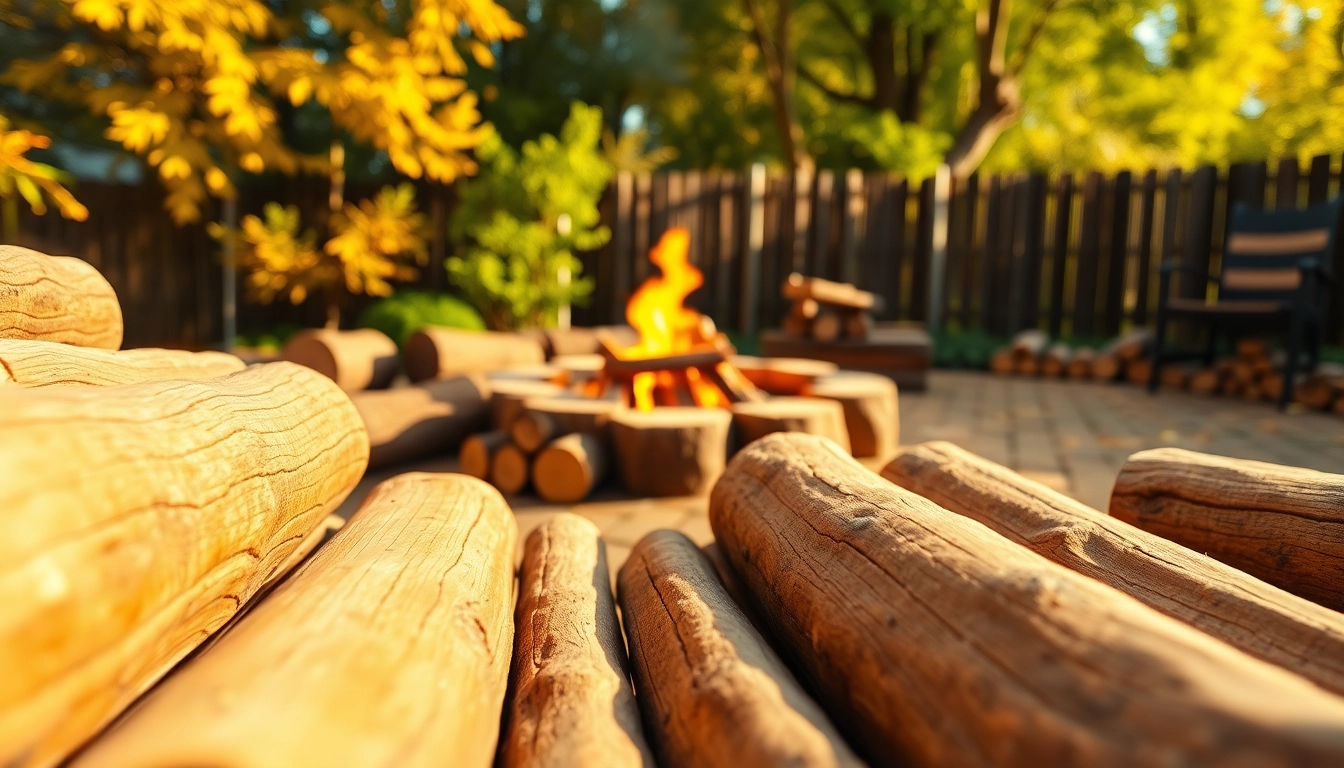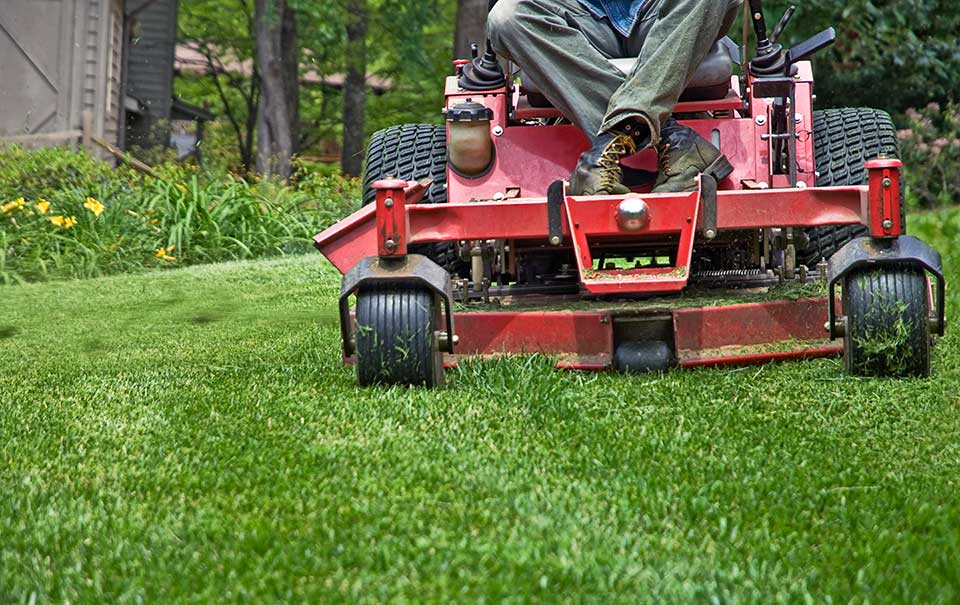Understanding Firewood Types
When selecting firewood, it’s crucial to understand the various types available and how they suit your specific needs. The choice between hardwood and softwood can significantly impact your burning experience, efficiency, and even flavor when cooking. Firewood serves multiple purposes, from heating your home to enhancing your outdoor cooking sessions. This article aims to provide you with in-depth knowledge to enhance your Firewood experience, ensuring you make informed choices tailored to your requirements.
Hardwood vs. Softwood: Making the Right Choice
Understanding the differences between hardwood and softwood is vital for anyone who uses firewood. Hardwoods, such as oak, maple, and cherry, tend to offer higher density and durability. This means they burn longer and produce more heat, making them ideal for heating purposes. On the other hand, softwoods, such as pine and spruce, ignite quickly and burn faster, making them excellent for starting a fire but less efficient for sustained heat.
Hardwoods generally provide a cleaner burn, producing less creosote buildup, which is a plus for maintaining your chimney and reducing fire hazards. However, they often require more effort to split and prep, which can be a consideration if you are preparing a large stock of firewood.
Effect of Wood Moisture Content on Burning
The moisture content of firewood plays a pivotal role in how well it burns. Ideally, wood should have a moisture content of 20% or less for optimal combustion. Wood with higher moisture content will produce a lot of smoke and reduce the fire’s efficiency as energy is used to evaporate the water instead of generating heat. One way to ensure low moisture content is to season your firewood for at least six months. Proper seasoning can not only improve burn efficiency but also contribute to a more pleasant ambiance with less smoke and a better aroma.
Best Species for Cooking and Heating
When it comes to cooking and heating, some wood species stand out for their unique characteristics. For grilling and smoking, fruitwoods like apple and cherry provide a sweet and mild flavor that enhances the taste of meats. For heating purposes, seasoned oak and hickory are top choices due to their high heat output and long burn times. Moreover, these woods also produce a pleasant aroma, adding an additional sensory layer to your cooking experience.
Firewood Preparation and Storage
Proper preparation and storage of firewood can greatly influence its performance and longevity. These aspects are oftentimes overlooked, yet they play a crucial role in ensuring your firewood is ready to deliver the warmth and utility you expect.
Cutting and Splitting Techniques for Optimal Use
To maximize the efficiency of your firewood, it is essential to use proper cutting and splitting techniques. Cutting logs into smaller lengths (typically 16 inches) can help them fit better in your fireplace or wood-burning stove. Splitting wood not only increases the surface area, allowing for faster drying and easier igniting, but also helps reduce the size for more manageable handling. Use a sturdy axe or a log splitter for this task, and ensure you are wearing protective gear to avoid injuries.
Storing Firewood: Tips for Longevity
Storing firewood correctly can enhance its longevity and usability. Choose a location that is dry and well-ventilated and ensure that the firewood is elevated off the ground to prevent moisture absorption from the soil. Stacking wood in a crisscross fashion promotes airflow and aids in quicker drying. You can cover it with a tarp, but leave the sides open to maintain airflow while protecting it from rain and snow. Consider creating a wood shed specifically designed to keep your firewood dry and accessible.
Protecting Firewood from the Elements
Firewood stored outside is particularly vulnerable to the elements, which can hasten its deterioration. In addition to covering your firewood, select a storage location that offers some natural protection from wind and precipitation. If your firewood is near trees or vegetation, be cautious of pests that can invade your wood pile. Regularly checking your firewood supply for signs of mold or insect infestation is advisable to ensure it stays in top condition.
Efficient Firewood Burning Techniques
Knowing how to efficiently burn firewood can enhance your experience, whether you’re enjoying a cozy fire indoors or cooking outdoors. Understanding fire-building techniques and airflow management is crucial for maximizing warmth and reducing unpleasant smoke.
Building a Perfect Fire: Layering and Starting Tips
When building a fire, layering is key. Start with small twigs or kindling at the base, followed by larger logs. This will allow the fire to build gradually, ensuring optimal combustion. Utilize dry, seasoned wood for easy ignition. One effective method is the “teepee” technique, where you arrange your kindling in a cone shape around a small pile of tinder. As the kindling catches fire, it heats the logs, ultimately creating a sustained flame. Remember to keep your fire small and manageable to prevent excessive smoke and ensure safety.
Managing Airflow for Better Burn Efficiency
Airflow is a critical factor in firewood burning efficiency. A well-managed fire requires adequate airflow to maintain high temperatures. Ensure that your fireplace damper is open to allow fresh air to fuel the fire. In wood stoves, you can often adjust air inlets to control the combustion rate. Too little airflow can lead to smoldering and excessive smoke; too much can cause rapid burn and decrease efficiency. By finding the right balance, you can achieve a steady, warm fire.
Using Firewood in Different Environments
Different settings require varied approaches to using firewood. Whether you’re warming your home or enjoying a campfire, environmental factors will affect your wood choices and techniques. In residential settings, maintaining a clean chimney and using seasoned firewood is crucial for safety. For outdoor settings, such as camping, portable fire pits allow for a more contained experience but require attention to local fire regulations. Always ensure you have a means to extinguish your fire completely, respecting nature and promoting safety.
Firewood Safety Practices
Safety practices play a crucial role in handling and utilizing firewood. Following proper guidelines can minimize risks and create a safe environment for you and your loved ones.
Safe Handling and Transporting of Firewood
When handling or transporting firewood, be mindful of your physical limitations. Firewood can be heavy, and improper lifting can lead to injury. Use proper lifting techniques, bending your knees and keeping your back straight. A wheelbarrow or cart can also be beneficial for moving larger amounts of firewood. When stacking, avoid overloading your pile to maintain stability and prevent potential accidents from falling logs.
Preventing Fire Hazards at Home
To prevent fire hazards related to firewood at home, always store wood at least 30 feet away from structures and any flammable materials. Regularly inspect your fireplace and chimney, cleaning them as necessary to prevent buildup. Use a certified chimney sweep or conduct your own inspections. Additionally, having a smoke detector and a fire extinguisher handy can provide extra security for your home. Always adhere to local guidelines for outdoor burning and be conscious of fire bans during dry seasons.
Identifying Invasive Species in Firewood
Be wary of invasive species that may be present in firewood. These can pose a significant environmental threat, spreading quickly and affecting local ecosystems. Look out for pests like the emerald ash borer or the Asian longhorned beetle. Purchase firewood from reputable sources and avoid moving wood from one location to another, as this can inadvertently transport these invasive species. Properly identifying and managing your firewood supply can protect your local environment.
Measuring Firewood Quality and Performance
Understanding how to evaluate firewood quality and performance effectively can elevate your firewood experience significantly. Key indicators can help you gauge whether you are utilizing the best options possible.
Understanding the BTU Rating for Various Firewood
The British Thermal Unit (BTU) rating measures the energy output of various types of firewood. Hardwoods generally offer higher BTU ratings than softwoods, making them a more efficient choice for heating. For instance, oak may produce around 26 million BTUs per cord, while softer woods like pine may only generate approximately 13 million BTUs. It is essential to consider the BTU rating when selecting firewood, particularly for heating purposes, to ensure optimal energy utilization and minimize waste.
Evaluating Firewood after Use: Signs of Good vs. Poor Quality
After burning firewood, you can assess its quality based on several indicators. Good quality firewood will leave minimal ash and produce hot coals, whereas poor quality or unseasoned wood will create excessive smoke and leave behind a large amount of ash. Observing these signs can help inform future purchases, ensuring you consistently use high-quality firewood that meets your needs.
Sourcing Sustainable Firewood Alternatives
As environmental concerns rise, sourcing sustainable firewood alternatives becomes increasingly important. Consider opting for recycled or byproduct wood from lumber mills, which can provide an eco-friendly option while minimizing waste. Additionally, sustainable forest management practices promote replenishing tree populations, ensuring future availability and ecological harmony. Caution against overharvesting and consider local regulations that support preserving forest health while meeting your firewood needs.



